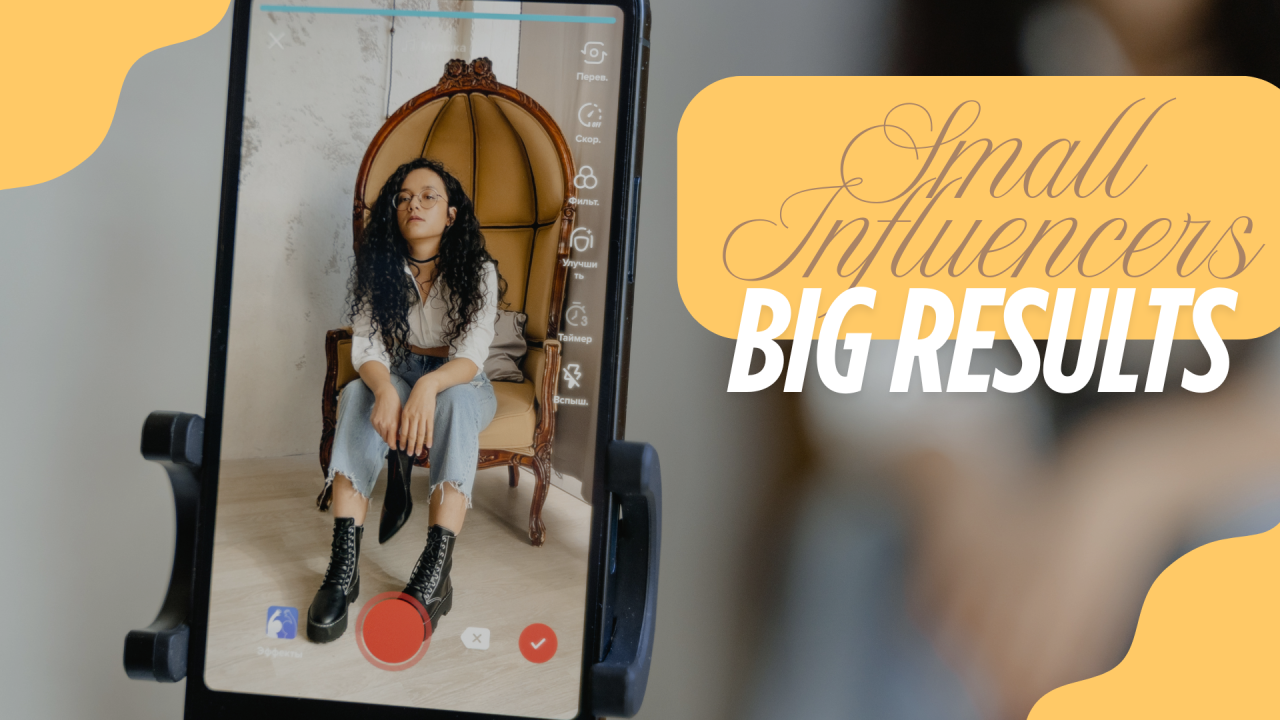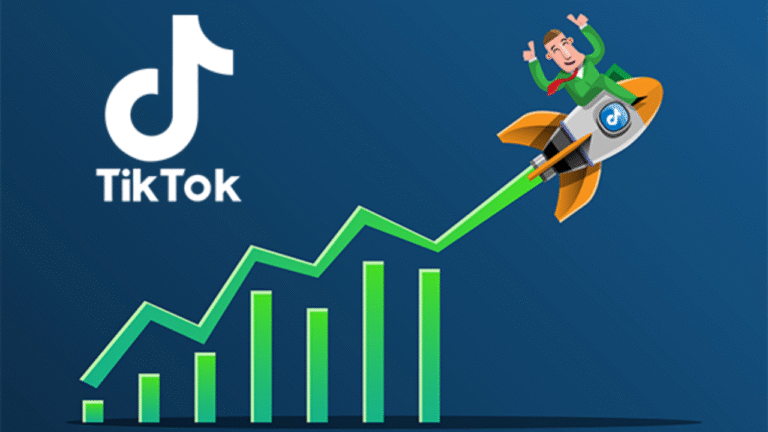The Rise of Micro-Influencers: Why Less Is More in 2025
Introduction: A Shift in the Influence Economy
In the early days of influencer marketing, the bigger the follower count, the better. Celebrities and mega-influencers were the go-to partners for brands looking to build visibility. But as the digital landscape matures, a powerful shift has emerged — one that favors smaller, more engaged audiences over large but passive followings.
Welcome to 2025, where micro-influencers are leading the charge in redefining online influence. With follower counts ranging from 1,000 to 100,000, these creators are proving that “less is more” when it comes to trust, engagement, and authentic influence.
This article explores why micro-influencers are rising fast, how brands are adapting, and why creators with modest followings are now at the center of marketing strategies worldwide.
What Is a Micro-Influencer?
A micro-influencer is typically defined as someone who has between 1,000 to 100,000 followers on a social media platform. Unlike celebrity influencers or mega accounts, micro-influencers are often everyday people — content creators, niche experts, or passionate individuals with loyal, active audiences.
They might not have millions of fans, but they hold something even more valuable: credibility and community connection.
Why Are Micro-Influencers Gaining Traction?
1. Higher Engagement Rates
Micro-influencers consistently outperform larger influencers in terms of engagement. According to 2025 industry data:
- Micro-influencers have 3x higher engagement rates on average
- Their followers are more likely to like, comment, and share their content
- Smaller audiences tend to feel closer and more connected, leading to real conversations
In short, a micro-influencer’s audience cares deeply — and that’s gold for brands.
2. Authenticity That Resonates
Trust is everything on social media today. Audiences are quick to detect inauthenticity, overly promotional posts, or scripted endorsements. Micro-influencers, by contrast, are seen as real people recommending products they genuinely like.
Their content feels more like a recommendation from a friend than an ad — and that’s exactly what consumers are craving in 2025.
How Brands Are Embracing the “Small but Mighty” Creators
Brands no longer see micro-influencers as “budget alternatives” to celebrities. They now design full campaigns around these creators.
1. Micro-Influencer Campaigns at Scale
Instead of partnering with one major influencer, brands are now collaborating with dozens or even hundreds of micro-influencers at once. This strategy:
- Increases reach across different communities
- Diversifies brand messaging
- Mitigates risk — one poor-performing influencer won’t tank the campaign
2. Niche Targeting with Precision
Micro-influencers often operate within specific niches — fitness, tech, parenting, gaming, beauty, eco-living, and more. Brands use this precision to reach their exact audience, rather than a vague demographic.
For example:
- A vegan food brand might partner with 50 micro-influencers in plant-based lifestyle
- A tech brand could reach out to micro-reviewers of smart gadgets
The result? Better conversion rates, lower ad spend, and real community integration.
The Power of Community Over Popularity
What separates a micro-influencer from a large creator isn’t just numbers — it’s the relationship with their followers.
- Micro-influencers reply to comments and DMs
- They’re involved in their audience’s lives
- They take feedback seriously and adjust content accordingly
This active relationship builds trust that mega-influencers often can’t replicate.
Examples of Micro-Influencer Success in 2025
- Tech Niche: A YouTube micro-influencer with 25k followers reviews budget-friendly headphones. Their honest, hands-on reviews generate thousands of sales after going semi-viral — more than a celebrity endorsement would have.
- Fitness Niche: A fitness instructor with 15k Instagram followers partners with a resistance band company. The brand sees a 40% jump in product sales after just three story takeovers and one workout reel.
- Eco-Lifestyle: A TikTok creator with 8k followers shares weekly zero-waste tips. A sustainable brand reaches out for a small collab, resulting in 3,000 new site visits in two days.
These examples are increasingly common — and they all highlight the intimacy and influence micro-creators bring.
Why Micro-Influencing Works in 2025’s Social Landscape
1. Ad Fatigue Is Real
Consumers are tired of overly commercialized content. Micro-influencers offer a breath of fresh air with content that feels personal and honest, not like a billboard.
2. The Algorithm Loves Interaction
Platforms like TikTok, Instagram, and YouTube prioritize authentic engagement over follower counts. Micro-influencers tend to receive more interactions per post, which boosts algorithmic visibility and keeps them trending.
3. Cost-Effective Partnerships
For brands, working with micro-influencers is far more affordable than paying tens of thousands for one big name. Many micro-influencers are open to product exchange, affiliate commissions, or small flat fees — making campaigns more accessible and scalable.
How to Become a Successful Micro-Influencer in 2025
If you’re a creator looking to grow, now is the best time to embrace the micro-influencer model. Here’s how:
- Pick a Niche You’re Passionate About
Whether it’s books, skincare, gaming, or cooking, your passion will drive consistency and audience loyalty. - Focus on Value-Driven Content
Share tips, reviews, tutorials, and real experiences that help your audience, not just random photos. - Engage Deeply
Reply to comments, run polls, ask questions, and build real relationships. It pays off. - Build a Brand, Not Just a Page
Invest in your personal story, voice, and visual identity. Even at 3,000 followers, you can attract brand deals if your brand is strong. - Track Performance
Brands care about engagement, not just followers. Track your insights and build a simple media kit to showcase what makes your content valuable.
Final Thoughts: The Future Belongs to the Micro
In the age of authenticity, micro-influencers have the edge. Their content is real. Their relationships are personal. Their voices feel more trustworthy. And in 2025, that trust is what drives impact.
Brands are investing more in micro-level storytelling, and audiences are turning to smaller creators for advice, inspiration, and community.
If you’re a brand, don’t overlook the power of micro.
If you’re a creator, don’t underestimate your influence — even if your follower count is still growing.
This is the era where less really is more — and micro-influencers are proving it one authentic post at a time.






